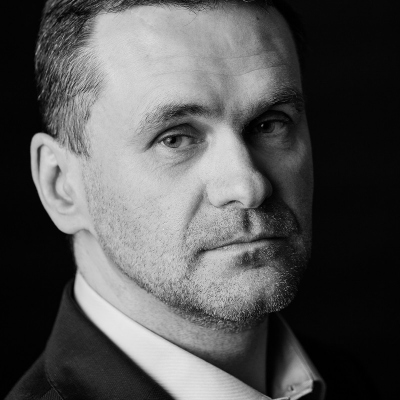After reprivatisation: Steps to take and accounts to settle
Regaining real estate through the reprivatisation process is the beginning of the stage of mutual settling of accounts with the former public holder of the property and the stage of rectifying the legal status of the property.
After the Second World War, the process of nationalisation and expropriation affected a large number of properties in Poland which had previously belonged to individuals and other entities. Real estate was taken by the State Treasury, and subsequently, through communalisation or allocation by operation of law, became the property of territorial governmental units, state educational institutions, and other public entities. Over the years, these public entities made investments in the property, erecting new buildings, expanding existing buildings, or carrying out any number of other expenditures in order to maintain and use the property. On the other hand, these entities gained title to the property by operation of law, without incurring any acquisition costs, and used the property for many years without paying any fees to the rightful owners.
But nationalisation and expropriation were carried out in violation of the law—even the law in force at that time in communist Poland. The state took property unlawfully, but at the same time did not sufficiently secure its own rights to the property.
In many cases, if the rightful owners demonstrate the defectiveness of the nationalisation and expropriation process, they may regain the property in kind. Under the principle of superficies solo cedit, ownership of the land includes whatever is attached to the land, regardless of when it was built or who built it.
But when the owners regain the rights to their property, that does not end their dealings with the public entity which formerly held the property. Both parties then hold certain claims and bear certain responsibilities. The public entity has a duty to record delivery of possession of the property to the rightful owners, and it has a claim for reimbursement of investments made in the property. The owner, in turn, has a right to seek payment for non-consensual use of the property and to seek disgorgement of the value of the benefits obtained from the property by the public entity, or which it did not obtain due to mismanagement. The public entity is also liable for the loss or deteriorated condition of the property, except to the extent that the loss or deterioration would also have occurred if the property had been in the possession of the rightful owner.
Typically the owners and the public entities reach a settlement of their mutual accounts, whereby both parties waive their respective claims, acknowledging that the value of investments made in the property by the public entity is offset by the value of its long-term use of the property without paying any fees to the rightful owner.
In some cases, however, the accounts are settled through the courts, with each party being required to prove its respective claims.
When the owners regain rights to real estate, that also does not end the process of rectifying the legal status of the property. Reprivatisation only clarifies that the rightful owners have rights to the property. In many cases, this does not necessarily mean that they regain actual possession of the real estate. Then the owners have to take steps toward actual delivery of the property when it is in the possession of third parties. To this end, the owner may file a claim for delivery of possession of real estate.
If the owners regained rights to the property in the form of the right of perpetual usufruct, they may be able to convert perpetual usufruct into outright ownership. Owners may also be able to clarify title to the property by eliminating joint ownership. Joint ownership of reprivatised property is generally an interim stage. Due to the passage of time following the loss of the real estate by the rightful owners, the composition of the joint ownership is often accidental and may include numerous different persons, which can make it difficult to administer the property or profit from its use.
Regaining real estate also gives rise to various problems of a practical nature, such as obtaining funds for renovation of buildings, which are often regained in poor technical condition.
The reprivatisation process is the first stage, with the goal of regaining rights to the real estate. The second stage includes all post-reprivatisation measures and settlements, with the goal of bringing the regained property to a legal and practical status under which the property does more than merely generate costs, but begins to generate profit for the owners.
Krzysztof Wiktor, Reprivatisation Practice, Wardyński & Partners
